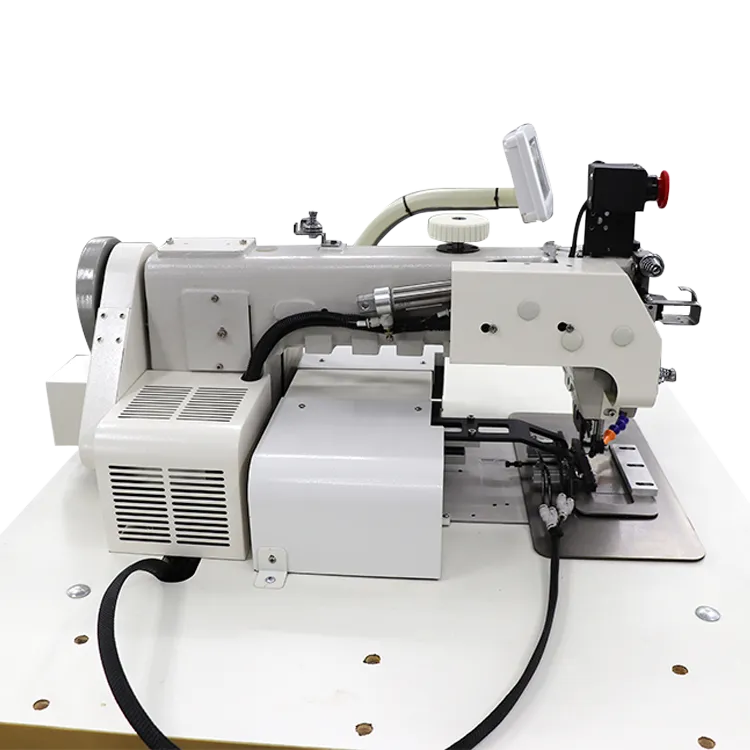what is a twin needle
What is a Twin Needle?
A twin needle is a specialized sewing tool used in sewing machines that consists of two needles attached to a single shaft. This unique design allows for the simultaneous stitching of two lines of thread, creating a parallel stitching effect on the fabric. Twin needles come in various sizes and types, catering to different projects and materials, making them an essential tool for both amateur and professional sewists.
The Structure of a Twin Needle
The twin needle has two needles that are spaced apart, often at a distance ranging from 1.6mm to 4.0mm. The needles are attached to a single shank, which is inserted into the sewing machine just like a standard needle. At the same time, the twin needle requires a special bobbin thread setup, as it usually requires two spools of top thread. This means that if your sewing machine has only one spool holder, you may need to utilize an additional spool holder or a creative setup.
Uses of a Twin Needle
The twin needle is commonly used for decorative stitching and finishing hems. It produces a straight stitch on the top side of the fabric, while the bobbin thread forms a zigzag pattern underneath. This combination makes it ideal for stretch fabrics, such as knits and jersey, because it allows the seam to retain its elasticity. The result is a clean and professional finish that is both functional and visually appealing.
what is a twin needle

In addition to hems, twin needles are excellent for topstitching and creating pintucks, as well as for decorative stitching projects. Sewists can create beautiful patterns and designs that add an extra dimension to their sewing projects. The versatility of the twin needle makes it a valuable addition to any sewing enthusiast's toolkit.
Choosing the Right Twin Needle
When selecting a twin needle, it's important to consider several factors. The needle size is crucial, as it should match the weight and thickness of the fabric you are working with. For lightweight fabrics, a smaller needle size (e.g., 70/10) is suitable, while heavier fabrics may require a larger size (e.g., 90/14 or higher).
Additionally, there are different types of twin needles designed for specific purposes. For example, there are double needles with a ballpoint tip, designed for knit fabrics, while universal twin needles can be used for a wide range of materials. Specialty needles, such as wing needles, create a unique decorative effect by producing larger holes in the fabric.
Conclusion
In conclusion, the twin needle is a versatile and invaluable tool for anyone who loves to sew. Its ability to create parallel seams and decorative stitches makes it perfect for various sewing projects. Whether you are hemming a pair of pants, sewing a t-shirt, or adding decorative touches to a quilt, a twin needle can help you achieve professional-looking results with ease. Investing in a few different sizes and types of twin needles can open up a world of creative possibilities in your sewing endeavors. So, the next time you sit down at your sewing machine, consider incorporating a twin needle into your project for an added touch of finesse.
-
Leather Sewing Machine: The Industrial Standard for Tough MaterialsNewsJul.18,2025
-
Sail Making Machine: Heavy-Duty Stitching for Industrial and Marine NeedsNewsJul.18,2025
-
Sling Sewing Machine: The Backbone of Heavy-Duty FabricationNewsJul.18,2025
-
Leather Sewing Machine: Precision for Heavy-Duty StitchingNewsJul.18,2025
-
Big Bag Sewing Machine: Powering the Future of Bulk PackagingNewsJul.18,2025
-
FIBC Sewing Machine: Essential Equipment for Bulk Bag ProductionNewsJul.18,2025
-
Heavy Duty Leather Sewing Machine: A Must-Have for Professional LeatherworkNewsMay.28,2025





























